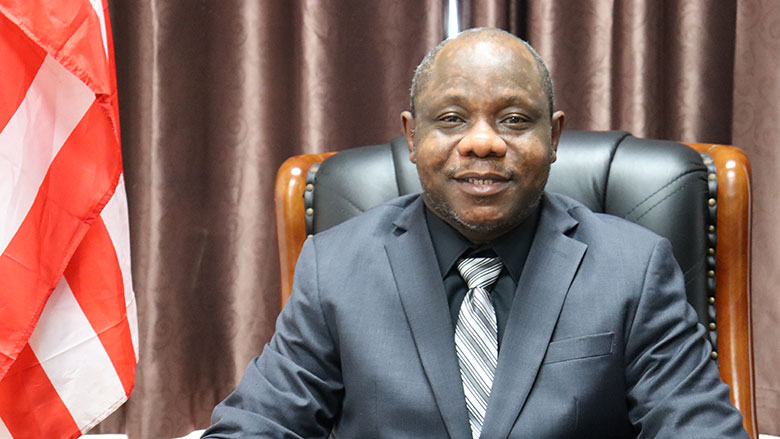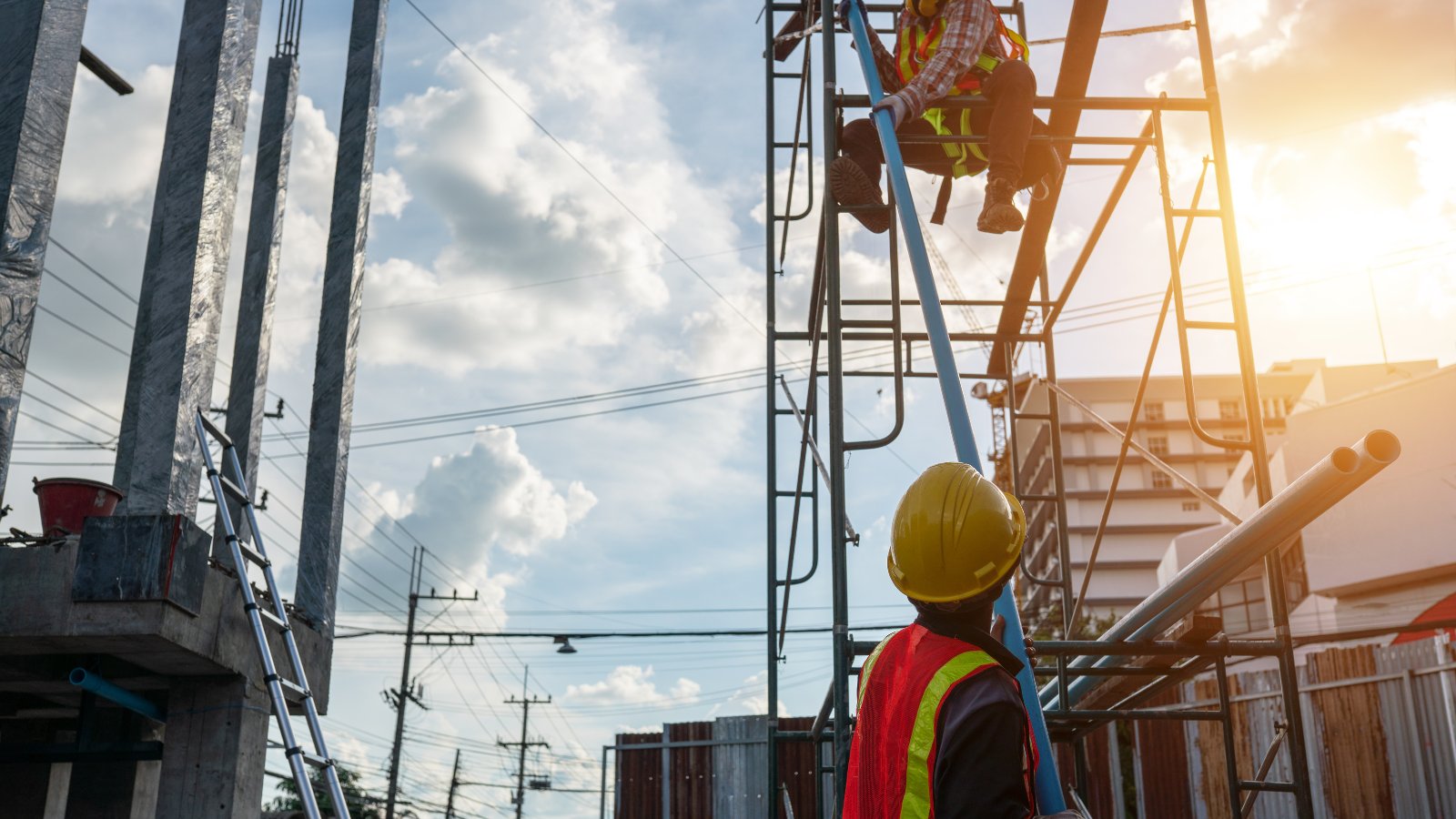A sustainable economy is resilient and provides a good quality of life for everybody. Every nation desires to have a sustainable economy that builds upon its successes for continuous growth.
However, for most African economies, the level of their economic sustainability is quite low compared to the demographic figures available due to various reasons ranging from inadequate funds, mismanagement of resources, and bad leadership among others.
Economic experts have therefore posited that for African economies to get on the path of desired growth, private sector participation is crucial.
The private sector participation will be better enhanced through partnerships with the government for better productivity hence the term” Public Private Partnership
Public-private partnership (PPP) is a contract between a public body and a private organization. PPPs bring together the expertise and resources of the two sectors to provide services or infrastructure at a better value for money.
Public-Private Partnerships (PPPs) are mechanisms to design, build, finance, and/or operate infrastructure facilities hitherto provided by the public sector.
PPP comes with several advantages as it gives room for available resources from the private sector to be effectively utilized for local infrastructure or development projects beneficial to the populace thereby allowing the allocation of public funds for other local priorities.
PPPs come in handy to finance, build and operate infrastructural projects such as transportation infrastructure, including roads, bridges, airports, seaports, railway systems, and also Energy infrastructure among others.
According to the UN Economic Commission for Africa, the private sector in Africa accounts for over 80 per cent of total production, two-thirds of total investment, and three-fourths of lending within the economy.
The sector also provides jobs for about 90 per cent of the employed working-age population.
These efforts do not go unnoticed as most African governments have strategically worked towards creating the enabling environment that will aid more private sector investments in public enterprises.
Although some African countries still hesitate to embark on PPPs as a result of previous experiences with PPPs or some other inadequacies on the part of the government, the majority are improving the measures to maximize the huge PPP opportunities waiting to be tapped into in the African continent for the benefit of all stakeholders.
In recent times, African governments have embraced PPPs more as a result of the ever-increasing need for infrastructural development and the inadequacy of funds at their disposal.
Governments have deployed mechanisms such as taxes, levies, fees, and royalties to raise funding that allows financial support to be offered for start-ups or seed financing for new products and services.
To achieve more in the face of the limited resources, more countries in the continent are coming up with regulations, institutions, and policies that regulate private sector activities to support the cause of the sector’s engagements and make it more efficient and effective.
These efforts are yielding positive results and the continent is reaping the benefits in so many ways.
For instance, the Tanger Med Port on Morocco’s north coast which was done through a PPP initiative has become a great asset for Africa as a whole as it is the first African container port ranked 25th on Lloyd’s list in 2020.
Today, around 40 African ports are connected to Tanger Med as the port handled 65 million tons of goods in 2019, 75 million tons in 2020, and 101 million tons in 2021.
Another notable project from the private sector initiative with many benefits to the people is the $650 million Turkana Wind power project in Kenya.
The project is part of plans to bring power to all Kenyans using renewable energy sources which also helps to address the issue of climate change.
Lake Turkana is the largest wind power project on the African continent and also represents the single largest private investment in Kenya to date.
Several other instances are visible across the various nations on the continent from Nigeria to Cote d’Ivoire, Senegal to Rwanda as well as Egypt to Tunisia among others.
The efforts are however not enough as various governments are expected to do more in the promulgation of laws and the ease of doing business among others to support the private sector.
At the regional and continental levels, resources are being pulled together to ensure the continent gets the best out of all private sector engagements.
For example, the Economic Community of West African States, ECOWAS with support from other bodies in seeking solutions to the region’s infrastructural inadequacies has established a regional framework to encourage public-private partnerships (PPPs).
The initiative tagged ECOWAS 2050 Vision will be implemented under regional PPP frameworks and regulations to contribute to growth in all member states.
On its part, the African Union works closely with the Private sector to specify its contribution to the continent’s development agenda.
To promote private sector engagement, the African Union from time to time executes programs with the private sector under the PPP arrangement to implement development initiatives both at regional and continental levels.
This is done in recognition of the key role of the sector as a driver of inclusive and sustainable growth on the continent through some structures which were specifically put in place for such purposes.
Some of these structures include the African Private Sector Forum which brings together stakeholders in the public and private sectors annually to promote the work of the AU in the area of economic integration and private sector development and engagement.
The Forum acts as a means of empowering the African Private Sector through advocacy, Networking, and sharing of business and market information and skills.
It also allows stakeholders to propose policy solutions to the myriad of challenges, such as debt problems, illicit financial flows unemployment, industrialization, and manufacturing challenges facing the continent.
There is also the AU Foundation, whose focus is on engaging with private sector philanthropy to support key development initiatives on the continent such as agriculture and youth development.
The AU is not alone on this as the African Development Bank, AfDB, also considers itself a key player as a lender and advisor to African countries in supporting PPPs, particularly in establishing basic infrastructure essential for the continent’s economic development.
The AfDB focuses on areas such as transportation, energy generation, and information and communications technologies through capacity-building and development initiatives of PPPs.
Acknowledging that the continent lacks behind in infrastructural development, the bank estimates that the continent’s infrastructure financing needs will be as much as $170 billion a year by 2025, with an estimated gap of around $100 billion a year.
To this end, while doing its part, it encourages countries to engage the private sector more rigorously to mobilize private finance to complement public resources.
Though PPPs are a great way to bridge infrastructure gaps and leverage private finance to fund socio-economic developments, they are not magic wands that can fully solve the infrastructural problems facing Africa rather they provide significant financing where viable projects are carved out.
But to achieve more through PPP models, African countries have to critically assess the nature of all PPP models to decide which works better for each economy and would provide better value for the populace.


